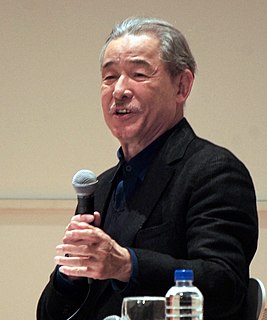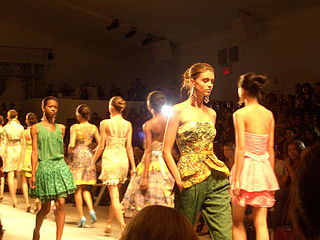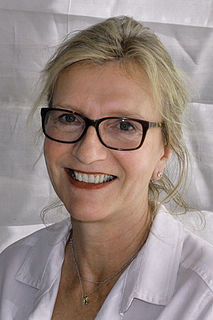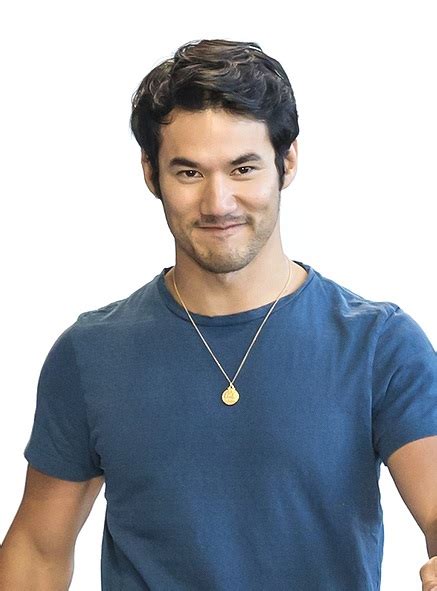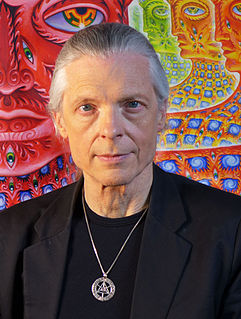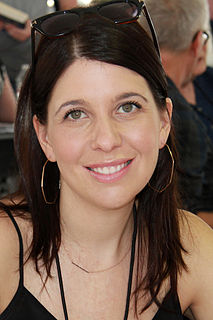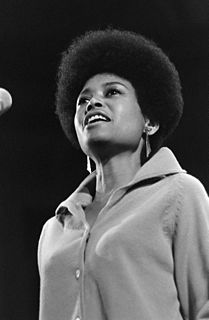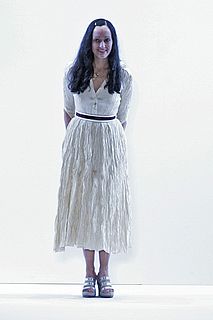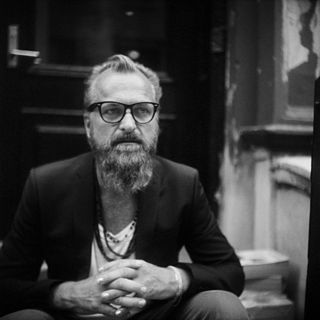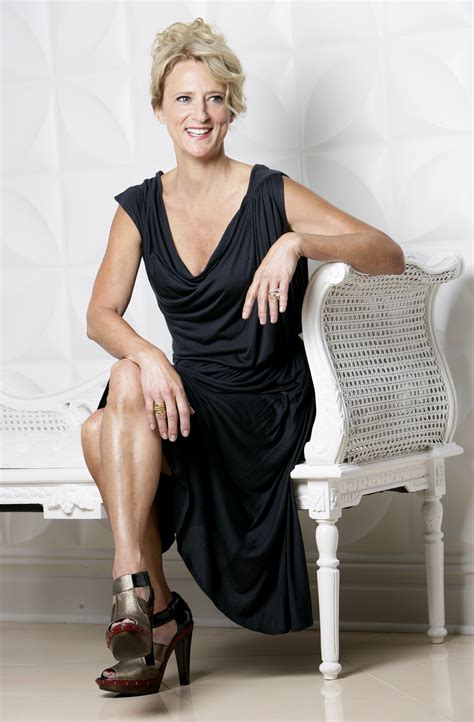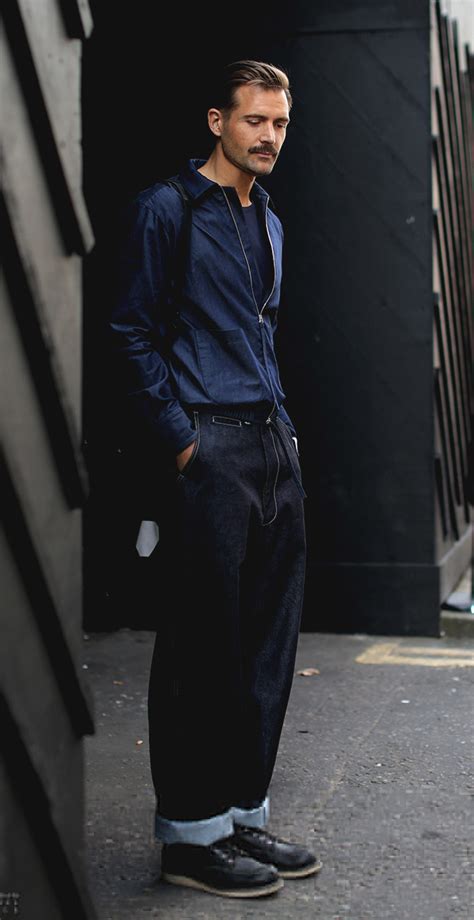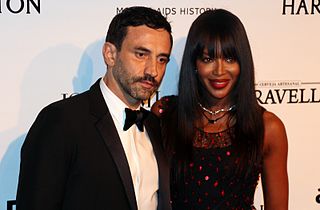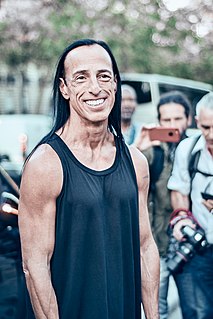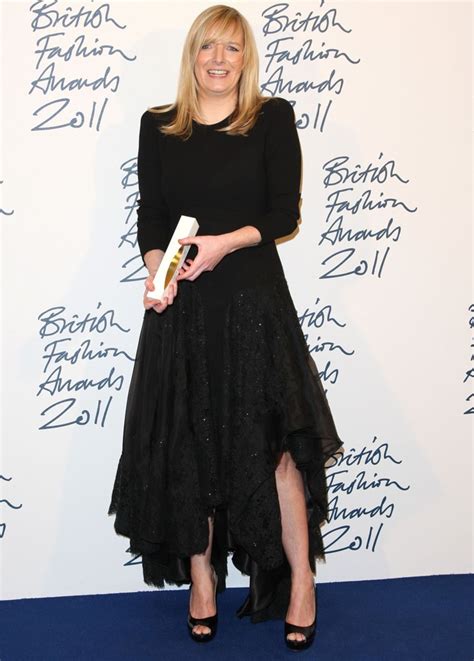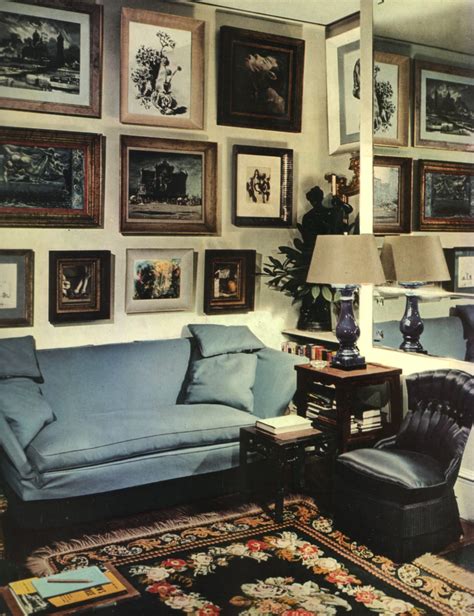A Quote by Yohji Yamamoto
At a certain point, I stopped seeing my clothing worn by people on the streets . . . It seemed like they were being treated as museum items.
Related Quotes
I've always been fond of the idea expressed in Buddhist art, that there are certain objects that, just by seeing them, can plant a seed for liberation in the individual. That class of objects is called "liberation through seeing." Certain Buddha images are like that, but if it were possible, I would like to find contemporary non-traditional sacred images. Maybe it sounds pretentious, but most spiritual paths point to the possibility that we all can access the deep, absolute dimensions of reality.
There were details like clothing, hair styles and the fragile objects that hardly ever survive for the archaeologist-musical instruments, bows and arrows, and body ornaments depicted as they were worn... No amounts of stone and bone could yield the kinds of information that the paintings gave so freely
The museum in D.C. is really a narrative museum - the nature of a people and how you represent that story. Whereas the Studio Museum is really a contemporary art museum that happens to be about the diaspora and a particular body of contemporary artists ignored by the mainstream. The Studio Museum has championed that and brought into the mainstream. So the museums are like brothers, but different.

